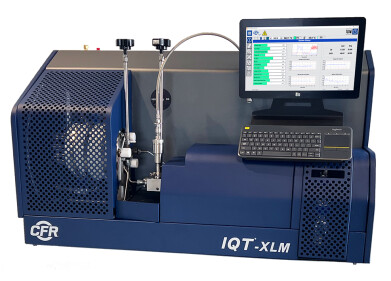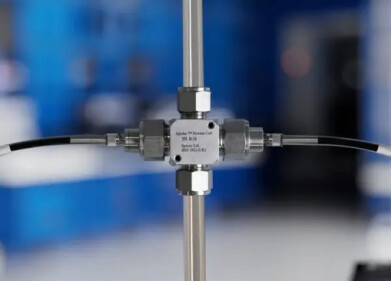Analytical Instrumentation
How Much Energy Will the 2018 World Cup Guzzle?
Jul 10 2018
The World Cup has well and truly kicked off, with Russia set to host the final in a matter of days. No doubt about it, all eyes will be firmly on the final two teams as they battle it out for football’s most prestigious trophy. While top-tier talent, strategic coaching and state-of-the-art stadiums play a key role in bringing the FIFA World Cup to life, spare a thought for the industries that help make the global event a reality.
Powering FIFA tournaments
From the initial ball drop to the final trophy ceremony, the 2018 FIFA World Cup is innately powered by the oil and gas industry. Back in 2014, Brazil's tournament chewed up enough energy to fuel almost every one of America's 260 million cars and trucks for an entire day. This equates to around 306 million gallons of gasoline or 7.2 million barrels of oil.
Tuning in across the globe
As well as powering venues like Saint Petersburg's 68,000-seater Krestovsky Stadium and Moscow's Luzhniki Stadium, the figures also take into account the cost of powering televisions watched by fans across the globe. England's recent victory over Sweden was viewed by 20 million Brits alone, while FIFA claims that the 2014 World Cup final hosted in Rio de Janeiro drew an audience of more than one billion global in-home television viewers.
The environmental costs of the World Cup
Staging an international tournament will inevitably have a major environmental impact, with this year's event expected to add over 2 million tons of CO2 to the atmosphere. Air travel to Russia is one of the biggest culprits, with the country's enormous World Cup stadiums attracting fans from across the globe, not to mention 32 teams and their respective support squads. While there's no denying the World Cup is an energy-hungry tournament, Russia has designed state-of-the-art facilities designed to slash energy consumption by 40%.
Playing with petrochemicals
The petrochemicals industry also plays its part, with modern equipment often made entirely from synthetic materials. This includes the Adidas footballs themselves, as well as gloves, shin pads and jerseys that are often manufactured from petrochemical products like polyester, elastane and polyurethane.
From gasoline to jet fuel, measuring fuel parameters calls for sophisticated equipment. For a closer look at the latest solutions don't miss 'How To Specify a Spectrometer', which highlights the importance of proper design qualification.
Digital Edition
PIN 25.5 Oct/Nov 2024
November 2024
Analytical Instrumentation - Picturing Viscosity – How Can a Viscometer or a Rheometer Benefit You? - Sustainable Grease Formulations: Evaluating Key Performance Parameters and Testing Method...
View all digital editions
Events
Dec 03 2024 Dusseldorf, Germany
Dec 08 2024 Anaheim, CA, USA
Turkey & Black Sea Oil and Gas
Dec 11 2024 Istanbul, Turkey
Dec 19 2024 Aurangabad, India
Jan 20 2025 San Diego, CA, USA



















